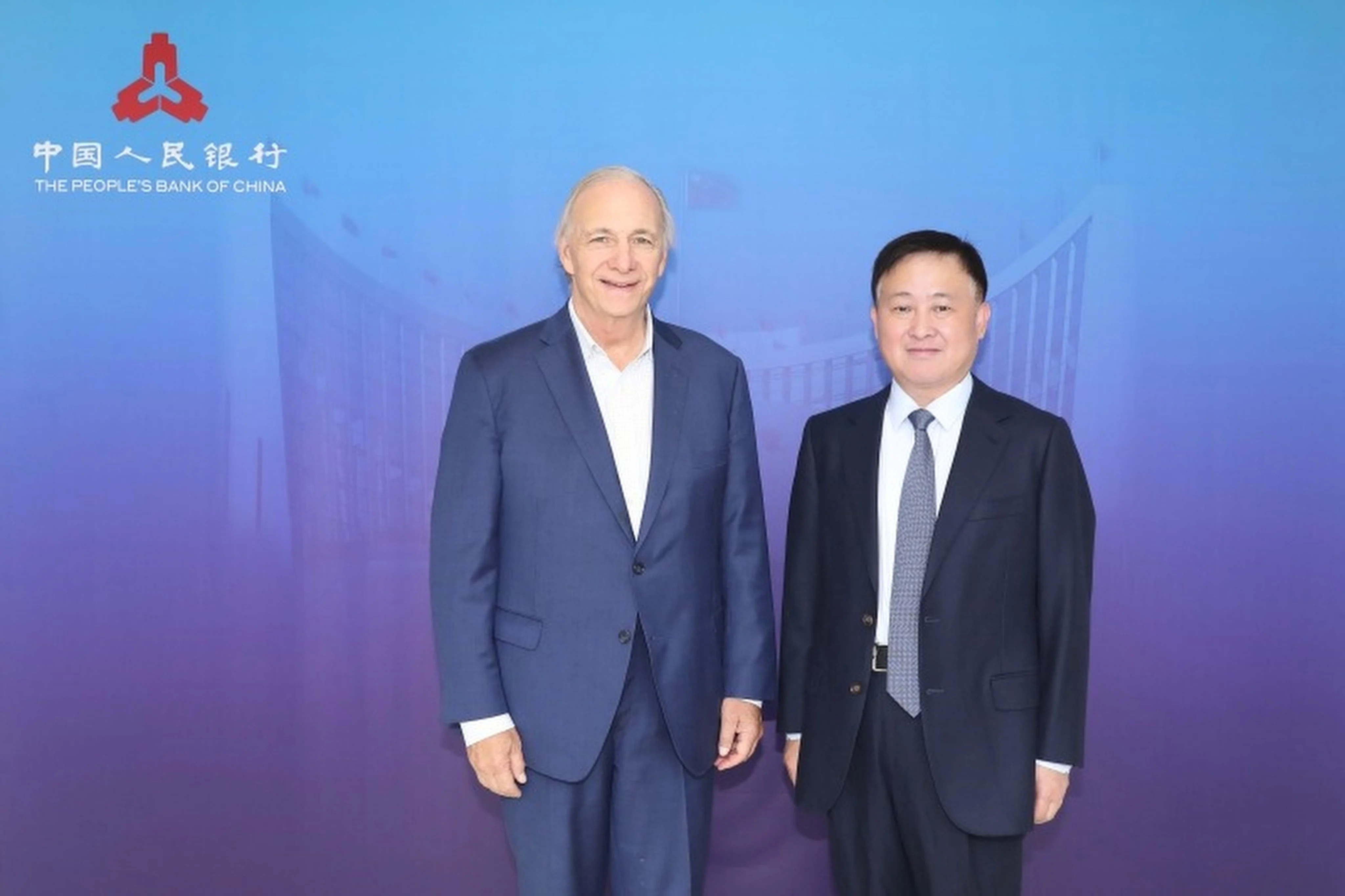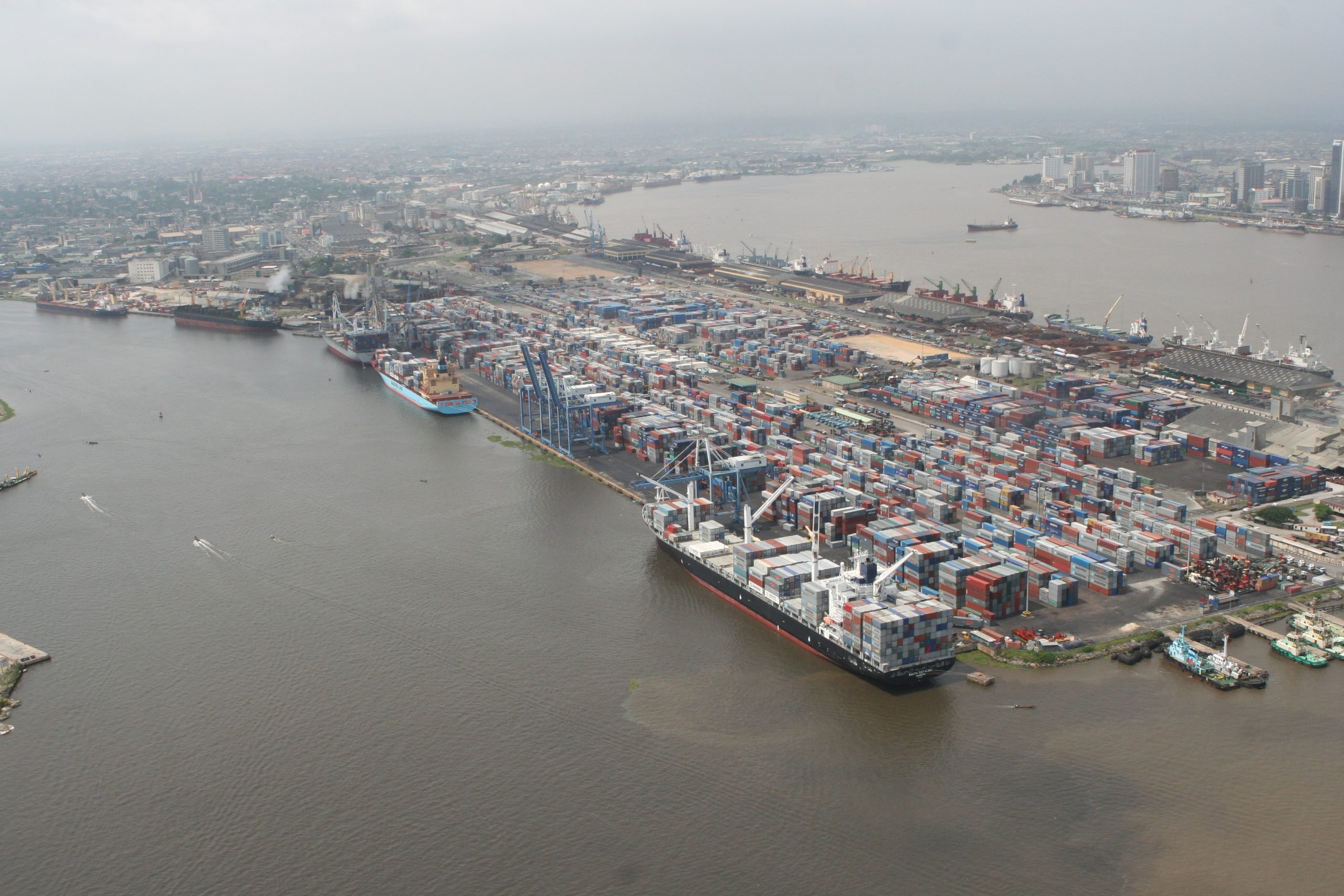By Xinyi Wu
Copyright scmp

As China works to defuse its debt risks, and with unchained US borrowing rocketing skyward, Ray Dalio finds himself at the centre of an important conversation in Beijing – advising top officials as they face a delicate path ahead.
Chinese officials rolled out the red carpet this week for the billionaire investor and founder of Bridgewater Associates – one of the world’s largest hedge funds – as his words of caution on the risks facing major global economies appear to be increasingly resonating in China.
People’s Bank of China Governor Pan Gongsheng met with Dalio on Tuesday to “exchange views on the international economic situation and financial market dynamics”, according to an online statement by the central bank.
Dalio also gave a lecture to officials from the PBOC and foreign exchange regulator, discussing topics such as the debt cycle, the statement added, without elaborating.
Additionally, Dalio met with Li Yunze, head of the National Financial Regulatory Administration, to discuss global debt issues and the development prospects of China’s financial industry.
The discussions were the latest high-profile talks that Dalio has had with Chinese leaders and policymakers this year.
The billionaire investor was part of an international business delegation received by President Xi Jinping in late March, and on the same trip had an individual meeting with Vice-Premier He Lifeng, who oversees financial work and leads trade negotiations with the US.
Dalio has been increasingly vocal in cautioning about the debt issues that both the US and China face, especially since the 76-year-old sold off his remaining stake in Bridgewater – which he started 50 years ago – and stepped down from the board about two months ago.
He has warned in recent months of a “debt-induced economic heart attack” in the US in the near future, arguing that years of cumulative excess will crowd out other spending.
Dalio’s latest book, How Countries Go Broke: The Big Cycle, was released in June, including a Chinese edition simultaneously published by Citic Press.
This week’s meeting came at a sensitive juncture, as Beijing closely monitors several developments across the Pacific, including debt worries voiced by prominent figures such as Dalio and Elon Musk; market volatility caused by US President Donald Trump’s tariff war; and the US Federal Reserve’s recent interest rate cut that came amid pressure from Trump.
Domestically, easing national debt, which has largely been amassed through local government financing vehicles, is a key priority for Beijing as it accelerates efforts to address financial risks.
Dalio has long advocated for a “beautiful deleveraging” strategy in China to address its debt challenges, which would involve simultaneously pursuing debt restructurings to remove bad debts, and a balanced monetary easing to reduce debt-service burdens.
Speaking at a joint press conference on Monday, one day before meeting with Dalio, Governor Pan said China would make monetary policy adjustments based on domestic needs and also macroeconomic data.
He noted that, between early 2023 and June 2025, the number of financial vehicles, a key source of implicit local debt, had been cut by more than 60 per cent, with their financial debt falling by more than 50 per cent.
“We’ll firmly defend the bottom line to prevent systemic financial risks,” Pan said.
Although US Treasuries have not yet reached the default threshold, their expansion is unsustainable
Bank of China researchers
In October, the Ministry of Finance launched a 12 trillion yuan (US$1.69 trillion) debt-relief package, which has significantly helped ease local repayment pressures on struggling local governments.
Official data showed that government debt by the end of last year was about 68.7 per cent of the national gross domestic product, far lower than the average of 123.2 per cent for the Group of Seven nations.
While economists and investors have been sounding alarms over the growing deficit in the US for years, worries have intensified following the passage of Trump’s “Big Beautiful Bill” – which could add up to US$5 trillion, including interest, to the national debt – at a time when the outlook for the US economy and the appeal of its assets appear increasingly uncertain.
And with America’s debt having reached a record US$37.51 trillion, calls for Beijing to gradually reduce its exposure to US dollar assets are growing louder.
“Although US Treasuries have not yet reached the default threshold, their expansion is unsustainable,” researchers from the state-owned Bank of China wrote last month.
China has continued to cut its US Treasury holdings, which dropped to US$730.7 billion in July, a near 17-year low.



